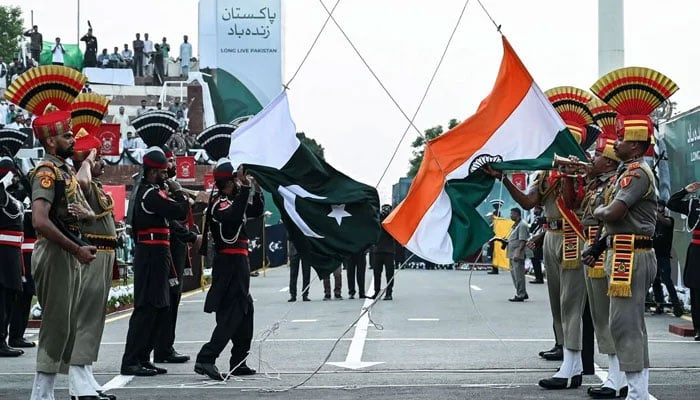ensions between India and Pakistan have reached alarming levels after what is now called the “Pahalgam incident.” A recent investigation by The New York Times has revealed how India’s war rhetoric is growing dangerously against its neighbor. The Indian government, under Prime Minister Narendra Modi, quickly pointed fingers at Pakistan without offering real proof to the world.
The New York Times report shows that India seems more focused on building a case for military action than calming the situation. Instead of easing India-Pakistan tensions, Modi’s team has contacted dozens of world leaders. They are asking for support for potential strikes against Pakistan. At the same time, India has accused Pakistan of backing terrorist groups that target Indian soil.
In a shocking move, India has suspended the Indus Water Treaty, which was signed back in 1960. The treaty managed water sharing between the two nuclear-armed nations. Its suspension marks a major blow to peace efforts and has worsened India-Pakistan tensions even further. On top of that, India has expelled Pakistani diplomats and canceled visas, escalating the diplomatic row.
According to the New York Times, many foreign governments are urging India to present solid evidence linking Pakistan to the Pahalgam incident. Despite these repeated demands, Indian authorities have not yet released any convincing proof. This lack of transparency is raising even more concerns among global diplomats watching India-Pakistan tensions.
Within India, the government has stepped up its crackdown in Kashmir. Reports say human rights violations have surged. Anti-Muslim feelings are growing stronger across the country. Kashmiri students are facing harassment and even getting expelled from schools and universities.
The New York Times also quoted international experts who believe India might be using the crisis to shift attention from domestic issues. Analysts warn that any aggressive action would worsen India-Pakistan tensions and could lead to dangerous consequences. They stress that India must first collect strong information about the attack before considering any military steps.
Overall, the New York Times investigation paints a grim picture. With two nuclear powers facing off, the risks are growing. The rising India-Pakistan tensions have put the entire region on edge once again.


